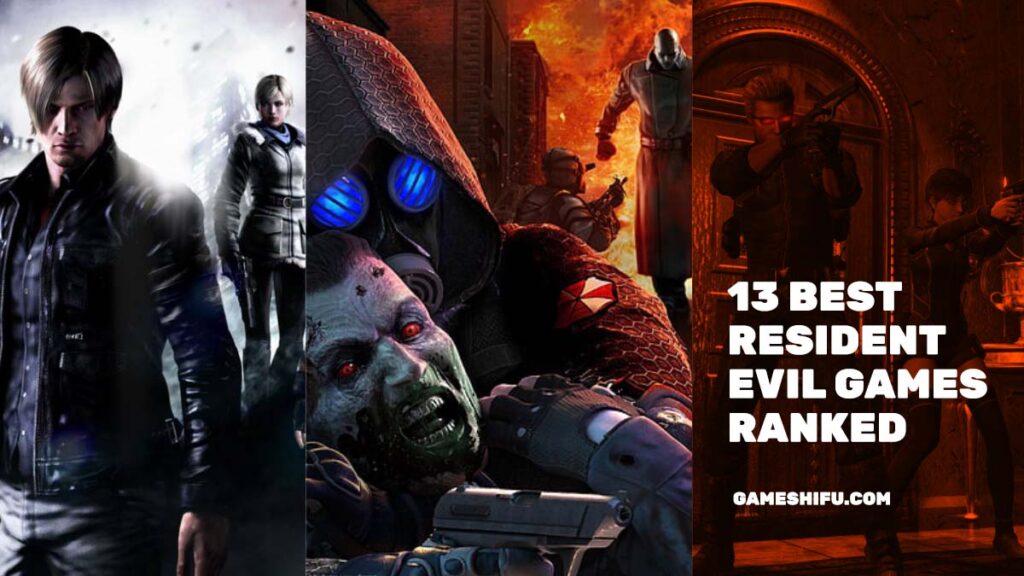Resident Evil is one of the most iconic and influential video game franchises of all time. Since its debut in 1996, it has spawned over 20 games, as well as movies, comics, novels, and merchandise. The series is known for its blend of survival horror, action, and puzzle-solving, as well as its memorable characters, enemies, and locations.
But not all Resident Evil games are created equal. Some are widely praised as masterpieces of the genre, while others are criticized for being disappointing or downright terrible. How do they stack up against each other? Which ones are worth playing, and which ones are better off forgotten?
In this article, we will rank every mainline Resident Evil game from worst to best, based on their gameplay, story, graphics, sound, and overall impact on the series and the industry. We will also include some spin-offs and remakes that are relevant to the main series. Note that this ranking is based on our personal opinions and preferences, and you may disagree with some of our choices. So without further ado, let’s dive into the world of Resident Evil and see which games rise to the top and which ones sink to the bottom.
Table of Contents
10+ Resident Evil Games Ranked below:
13. Resident Evil 6 (2012)

Resident Evil 6 is widely regarded as the worst game in the series, and for good reasons. It tried to appeal to everyone by offering four different campaigns with different styles and characters, but ended up pleasing no one. The game was a mess of inconsistent tone, convoluted plot, boring enemies, tedious QTEs, and frustrating mechanics. It also abandoned most of the survival horror elements that made the series famous, and focused on over-the-top action sequences that felt out of place and ridiculous.
The game was a huge disappointment for fans and critics alike, who expected a return to form after the mixed reception of Resident Evil 5. It sold well initially, but soon dropped in sales and reputation. It also caused Capcom to rethink their direction for the series, and led to a major overhaul in Resident Evil 7.
12. Resident Evil: Operation Raccoon City (2012)
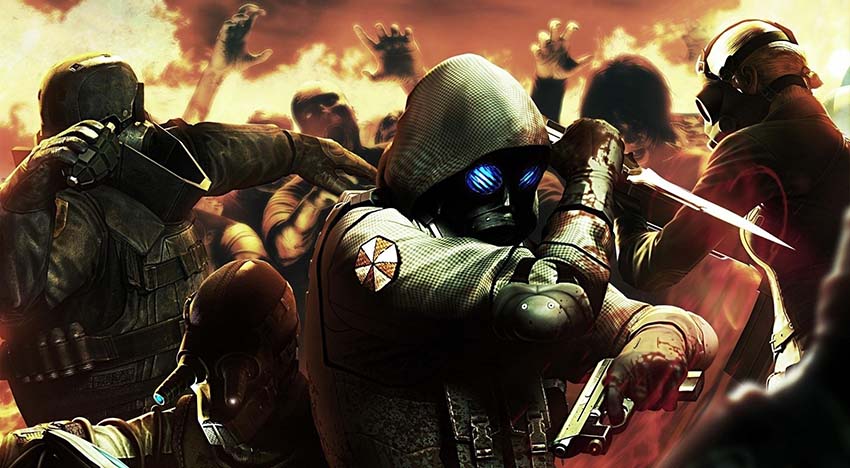
Resident Evil: Operation Raccoon City was a spin-off that attempted to capitalize on the popularity of multiplayer shooters like Call of Duty and Left 4 Dead. It was developed by Slant Six Games, who were known for their work on the SOCOM series. The game was set in the events of Resident Evil 2 and 3, and allowed players to control either a team of Umbrella operatives or a team of US soldiers in various missions across Raccoon City.
The game had some potential, as it featured some fan-favorite characters and locations from the series, as well as some interesting gameplay mechanics like infection and friendly fire. However, it was plagued by poor design choices, technical issues, weak AI, bland graphics, and lackluster story. It also failed to capture the essence of Resident Evil, as it was more focused on mindless shooting than survival horror. The game received mostly negative reviews from critics and fans alike, and was quickly forgotten by most.
11. Resident Evil Zero (2002)
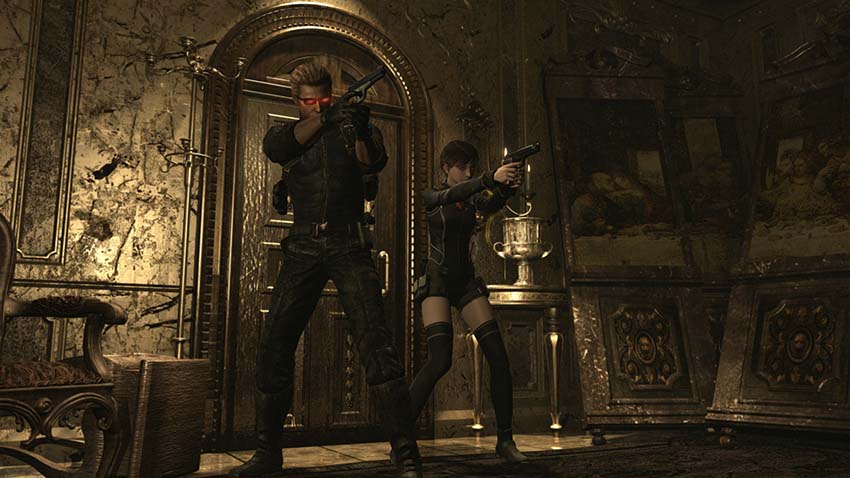
Resident Evil Zero was a prequel that was originally developed for the Nintendo 64, but was later ported to the GameCube. It followed the story of Rebecca Chambers, a rookie member of S.T.A.R.S., who teamed up with Billy Coen, a former marine convicted of murder, to survive the horrors of an abandoned train and a secret research facility. The game introduced a new partner system that allowed players to switch between Rebecca and Billy at any time, as well as drop items anywhere instead of using item boxes.
The game had some of the best graphics and sound of its time, and featured some memorable locations and enemies. However, it also had some major flaws that dragged it down. The partner system was cumbersome and annoying, as players had to constantly manage two inventories and protect their AI companion. The item dropping mechanic was also frustrating, as players had to backtrack and remember where they left their items. The story was also weak and inconsistent, and added little to the overall lore of the series. The game received mixed reviews from critics and fans, and is often considered one of the weakest entries in the series.
10. Resident Evil 3: Nemesis (1999)
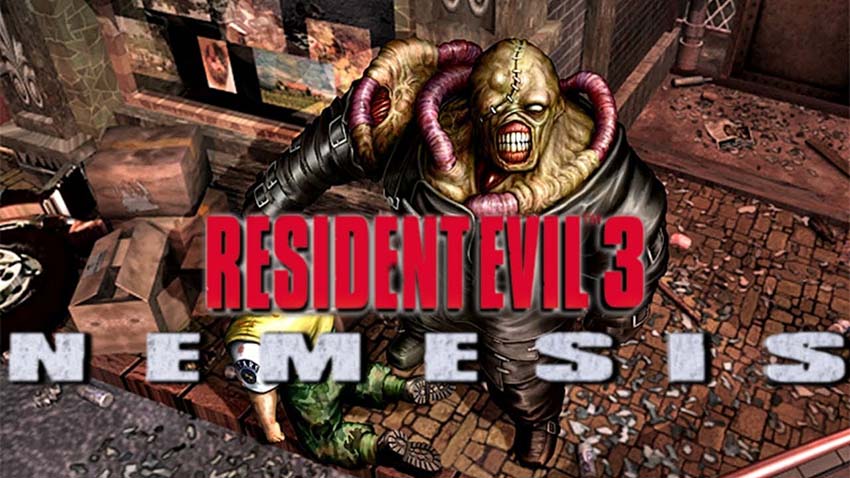
Resident Evil 3: Nemesis was a sequel that followed the story of Jill Valentine, one of the survivors of the first game, who tried to escape from Raccoon City before it was destroyed by a nuclear bomb. The game introduced a new enemy, Nemesis, a relentless bio-weapon that pursued Jill throughout the game. The game also featured a new dodge mechanic, a branching storyline with multiple choices and endings, and a randomization system that changed the location of items and enemies.
The game was praised for its graphics, sound, atmosphere, and gameplay improvements. However, it was also criticized for its short length, lack of puzzles, recycled assets, and linear design. It was also overshadowed by the release of Resident Evil 2, which was widely regarded as a superior game. The game received positive reviews from critics and fans, but is often considered one of the lesser entries in the series.
9. Resident Evil: Revelations (2012)
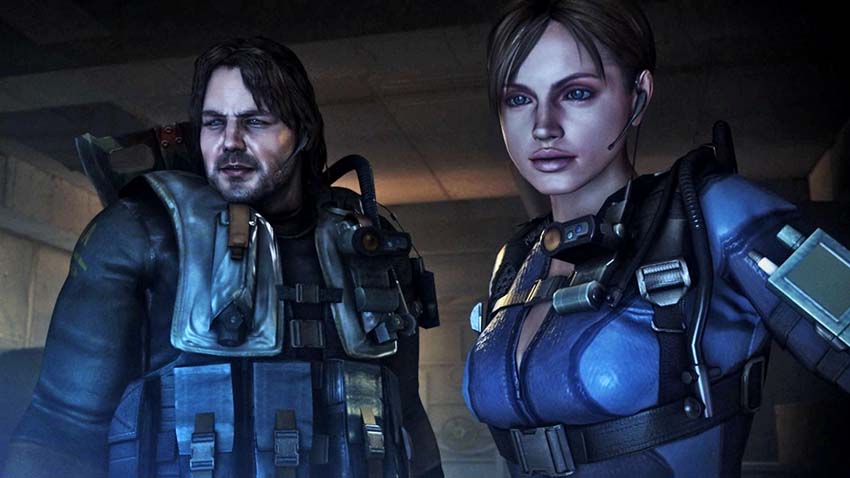
Resident Evil: Revelations was a spin-off that was originally released for the Nintendo 3DS, but was later ported to other platforms. It followed the story of Chris Redfield and Jill Valentine, who investigated a bioterrorist attack on a cruise ship and a floating city. The game featured a new scanner device that allowed players to find items and secrets, as well as a new raid mode that offered co-op gameplay and customization options.
The game was praised for its graphics, sound, story, and gameplay balance. It was seen as a return to form for the series, as it focused more on survival horror than action. It also offered a more coherent and engaging plot than Resident Evil 5 and 6. The game received positive reviews from critics and fans alike, and is often considered one of the best spin-offs in the series.
8. Resident Evil (1996)
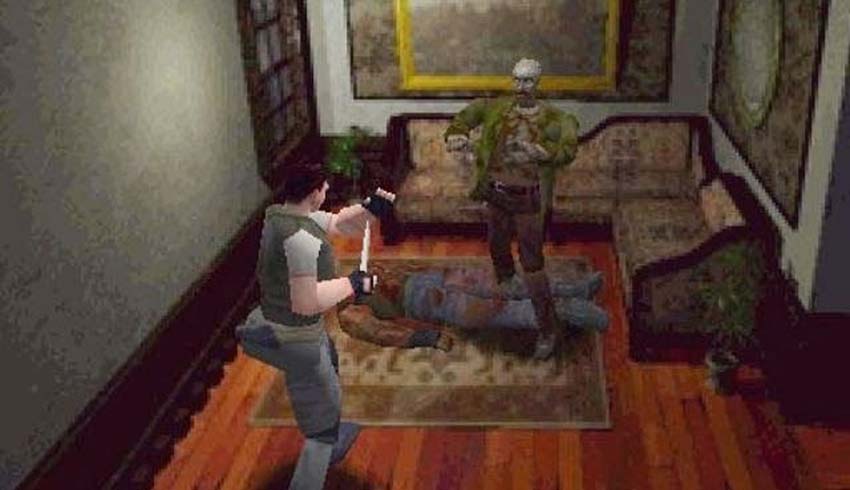
Resident Evil was the first game in the series, and the one that defined the survival horror genre. It followed the story of Chris Redfield and Jill Valentine, two members of S.T.A.R.S., who were trapped in a mysterious mansion filled with zombies and other creatures. The game featured limited ammo and health items, fixed camera angles, pre-rendered backgrounds, tank controls, item boxes, save rooms, puzzles, multiple endings, and voice acting that ranged from cheesy to hilarious.
The game was praised for its graphics, sound, atmosphere, gameplay, and innovation. It was one of the best-selling games on the PlayStation, and spawned numerous sequels and spin-offs. It also influenced many other games in the genre, such as Silent Hill, Fatal Frame, Dead Space, etc. The game received positive reviews from critics and fans alike, and is often considered a classic in the industry.
7. Resident Evil Code: Veronica (2000)
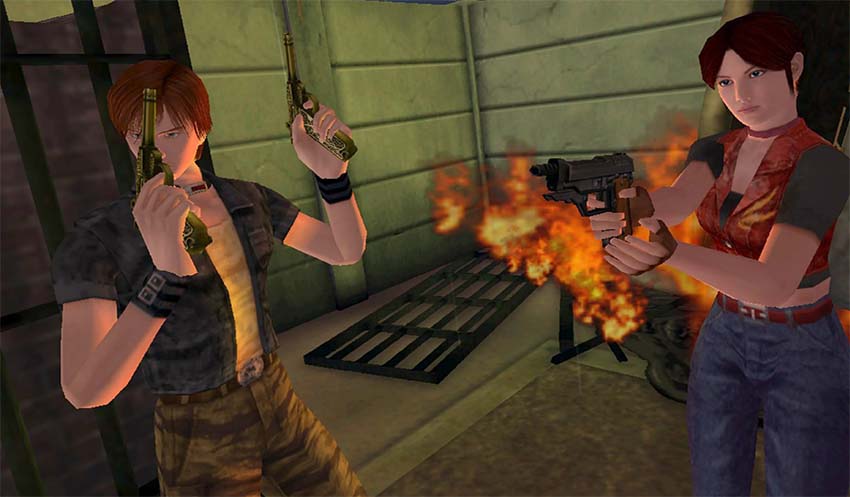
Resident Evil Code: Veronica was a sequel that was originally released for the Sega Dreamcast, but was later ported to other platforms. It followed the story of Claire Redfield, the sister of Chris Redfield, who was captured by Umbrella and sent to a prison island, where she met Steve Burnside, another prisoner. The game also featured the return of Chris, who searched for his sister and faced off against Albert Wesker, his former teammate and nemesis. The game featured 3D backgrounds, a new camera system, dual-wielding weapons, and a more cinematic presentation.
The game was praised for its graphics, sound, story, and gameplay variety. It was seen as a true sequel to Resident Evil 2, as it continued the plot and expanded the lore of the series. It also featured some of the most memorable characters and moments in the series, such as the introduction of Wesker’s superpowers, the death of Steve, and the final showdown between Chris and Wesker. The game received positive reviews from critics and fans alike, and is often considered one of the best games in the series.
6. Resident Evil 5 (2009)
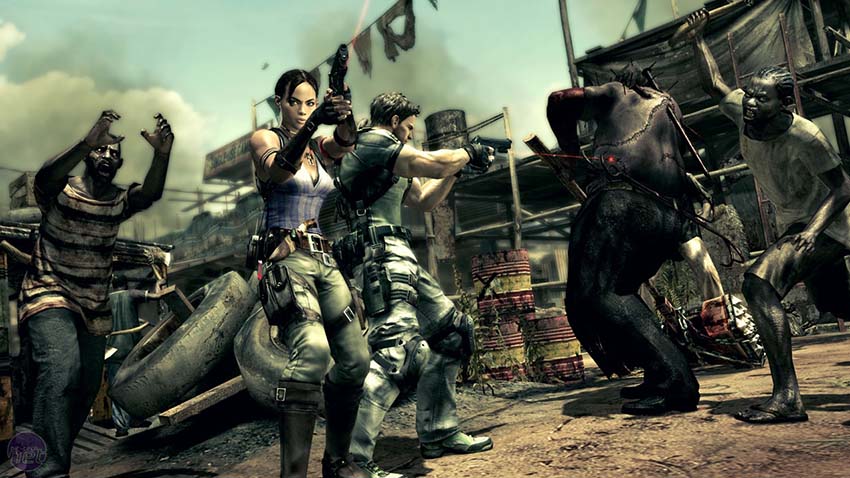
Resident Evil 5 was a sequel that followed the story of Chris Redfield, who teamed up with Sheva Alomar, a BSAA agent, to stop a bioterrorist threat in Africa. The game featured co-op gameplay, where two players could work together to fight enemies and solve puzzles. The game also featured a new inventory system, a cover system, a melee system, and a variety of weapons and vehicles.
The game was praised for its graphics, sound, co-op gameplay, and replay value. It was one of the best-selling games in the series, and one of the most successful games on the PlayStation 3 and Xbox 360. However, it was also criticized for its lack of horror, its controversial depiction of Africa and its people, its clunky controls, its annoying AI partner, and its weak story. The game received mixed reviews from critics and fans alike, and is often considered a divisive entry in the series.
5. Resident Evil 4 (2005)
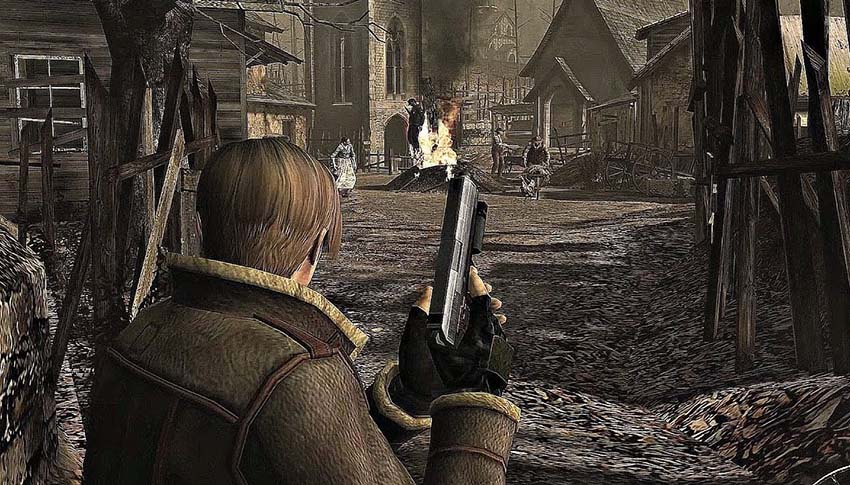
Resident Evil 4 was a game that revolutionized the series and the genre. It followed the story of Leon S. Kennedy, who was sent to a rural village in Spain to rescue Ashley Graham, the daughter of the US president, from a cult that infected her with a parasite called Las Plagas. The game featured a new over-the-shoulder camera angle, a new aiming system, a new inventory system, a new merchant system, and a new upgrade system. The game also featured more action-oriented gameplay, more varied enemies and environments, more interactive elements, more boss battles, and more unlockable content.
The game was praised for its graphics, sound, gameplay, story, and innovation. It was one of the best-reviewed games of all time, and one of the most influential games in the industry. It influenced many other games in the genre, such as Dead Space, Gears of War, The Last of Us, etc. The game received universal acclaim from critics and fans alike, and is often considered one of the best games in the series and in history.
4. Resident Evil Remake (2002)

Resident Evil Remake was a remake that improved upon the original in every way. It followed the same story as the first game, but with enhanced graphics, sound, gameplay, and story. It added new areas, enemies, puzzles, items, and cutscenes. It also introduced new features, such as the crimson heads, the defensive items, the quick turn, and the alternate costumes. It also featured new voice acting, new music, and new endings.
The game was praised for its graphics, sound, gameplay, story, and atmosphere. It was seen as a faithful and superior remake of the original, as it retained its essence while adding new elements and improvements. It also restored the horror and tension that were lost in the later games. The game received positive reviews from critics and fans alike, and is often considered one of the best remakes in the industry.
3. Resident Evil 2 Remake (2019)
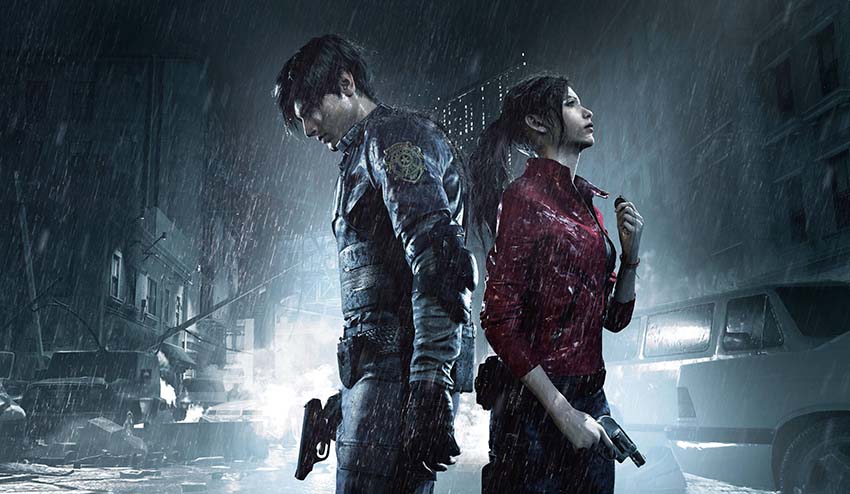
Resident Evil 2 Remake was a remake that reimagined the classic game for a modern audience. It followed the same story as the original game, but with updated graphics, sound, gameplay, and story. It featured a new over-the-shoulder camera angle, a new aiming system, a new inventory system, a new damage system, and a new adaptive difficulty system. It also featured more realistic and detailed environments, characters, and enemies. It also featured the return of Mr. X, a relentless tyrant that stalked the player throughout the game.
The game was praised for its graphics, sound, gameplay, story, and horror. It was seen as a successful and respectful remake of the original game, as it captured its spirit while adding new twists and surprises. It also offered a fresh and immersive experience for both new and old fans of the series. The game received positive reviews from critics and fans alike, and is often considered one of the best games in the series.
2. Resident Evil 7: Biohazard (2017)
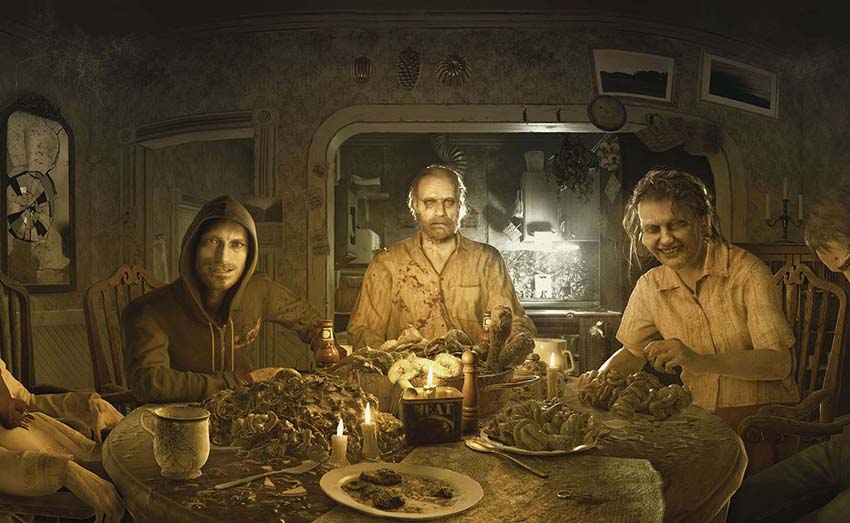
Resident Evil 7: Biohazard was a game that reinvented the series and brought back the horror. It followed the story of Ethan Winters, who searched for his missing wife Mia in a derelict plantation in Louisiana, where he encountered the Baker family, a group of twisted and infected people who tormented him throughout the game. The game featured a first-person perspective, a new engine, a new inventory system, a new crafting system, and a new VR mode. The game also featured more survival horror elements than action elements, such as limited ammo and health items, stealth mechanics, puzzle-solving, exploration, etc.
The game was praised for its graphics, sound, gameplay, story, and horror. It was seen as a revival of the series, as it returned to its roots while offering a new and modern perspective. It also connected to the main lore of the series, and featured some familiar elements and characters, such as the Umbrella Corporation, Chris Redfield, and the T-virus. The game received positive reviews from critics and fans alike, and is often considered one of the best games in the series.
1. Resident Evil 2 (1998)
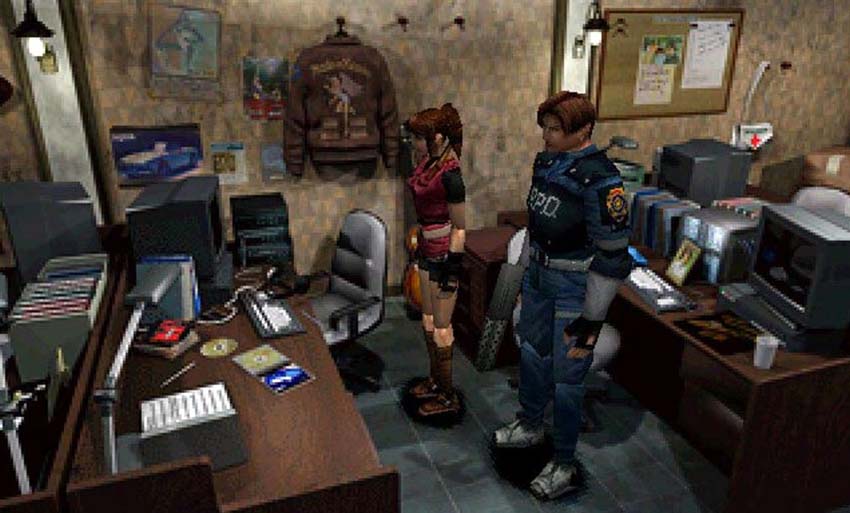
Resident Evil 2 was a game that perfected the formula and set the standard for the series. It followed the story of Leon S. Kennedy, a rookie cop, and Claire Redfield, a college student, who arrived in Raccoon City during a zombie outbreak caused by the T-virus. The game featured two scenarios for each character, with different events, items, enemies, and endings. The game also featured a zapping system, where the actions of one character affected the other. The game also featured more weapons, more enemies, more puzzles, more locations, and more secrets.
The game was praised for its graphics, sound, gameplay, story, and atmosphere. It was one of the best-selling games on the PlayStation, and one of the most acclaimed games in the industry. It also influenced many other games in the genre, such as Silent Hill 2, Resident Evil 4, The Last of Us 2, etc. The game received universal acclaim from critics and fans alike, and is often considered the best game in the series and in history.
Conclusion
Resident Evil is a series that has evolved and changed over time, but has always maintained its core identity and legacy. It has offered some of the most memorable and terrifying experiences in gaming history, as well as some of the most disappointing and forgettable ones. It has also inspired and influenced many other games in the genre and beyond.
In this article, we have ranked every mainline Resident Evil game from worst to best, based on our personal opinions and preferences. We have also included some spin-offs and remakes that are relevant to the main series. Of course, you may have your own ranking and opinions, and we respect that. The beauty of Resident Evil is that it has something for everyone, whether you prefer horror or action, classic or modern, single-player or co-op. We hope you enjoyed this article and learned something new about Resident Evil. If you have any comments or questions, feel free to leave them below. Thank you for reading!
FAQ
What is Resident Evil?
Resident Evil is a video game franchise created by Capcom in 1996. It is a survival horror series that revolves around bioterrorism, zombies, monsters, viruses, conspiracies, and heroes.
How many Resident Evil games are there?
There are over 20 Resident Evil games released so far, including mainline games, spin-offs, remakes, ports, mobile games, etc.
What is the best Resident Evil game?
There is no definitive answer to this question, as different games appeal to different players. However, some of the most popular and critically acclaimed Resident Evil games are Resident Evil 2, Resident Evil 4, Resident Evil 7: Biohazard, and Resident Evil 2 Remake. These games are often praised for their gameplay, story, graphics, sound, and horror elements. However, you may have your own favorite game in the series, and that is perfectly fine. The best Resident Evil game is the one that you enjoy the most.

